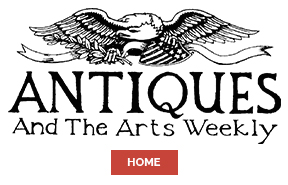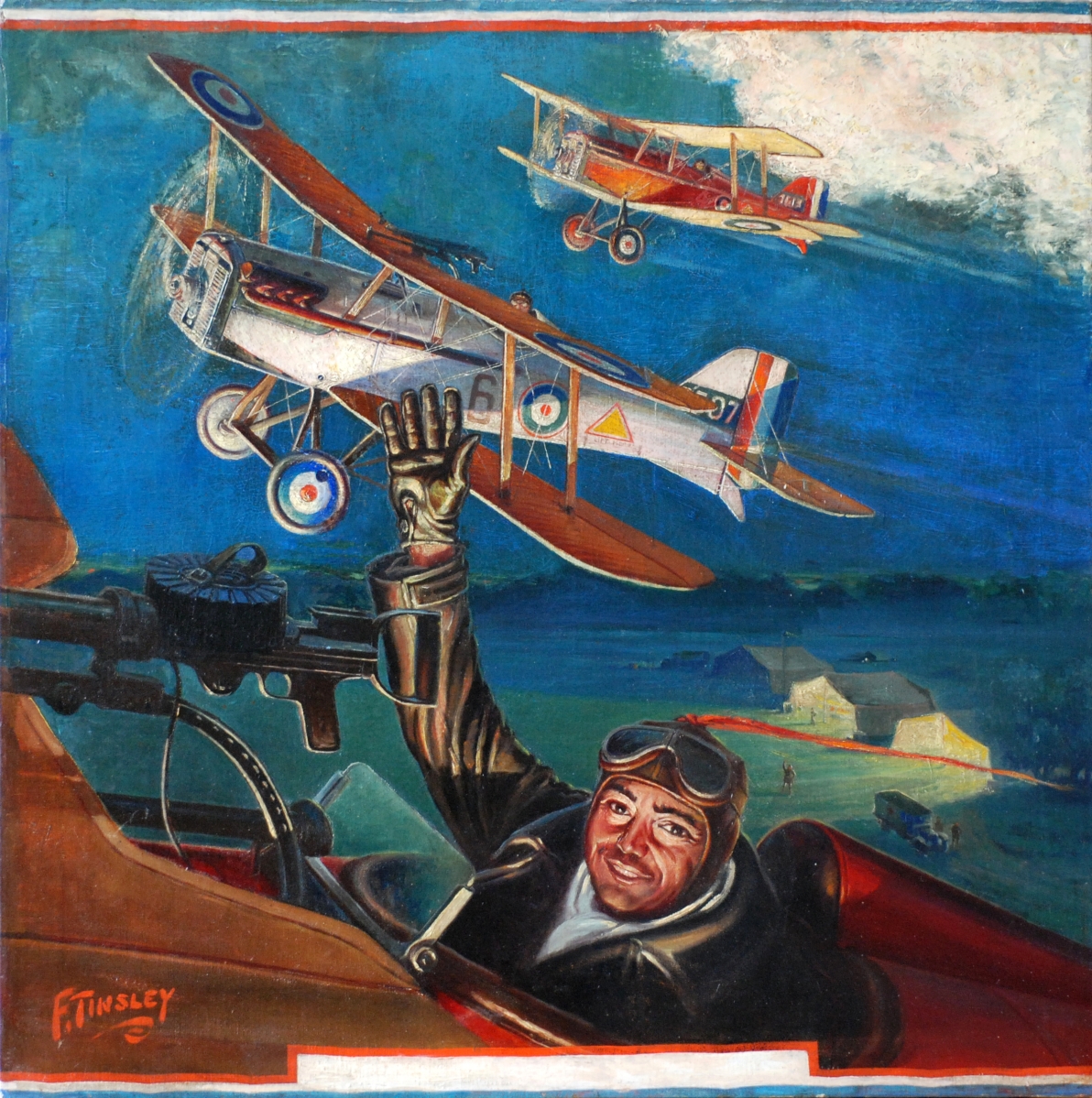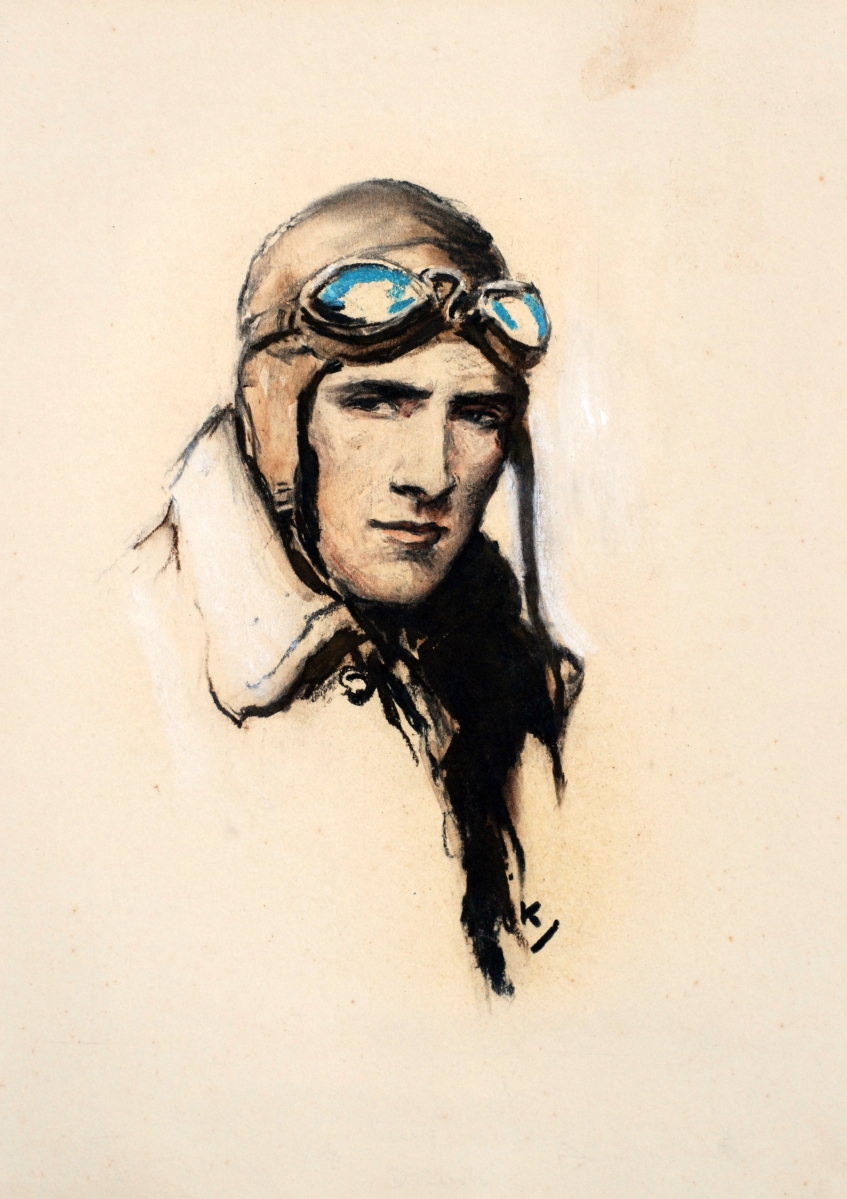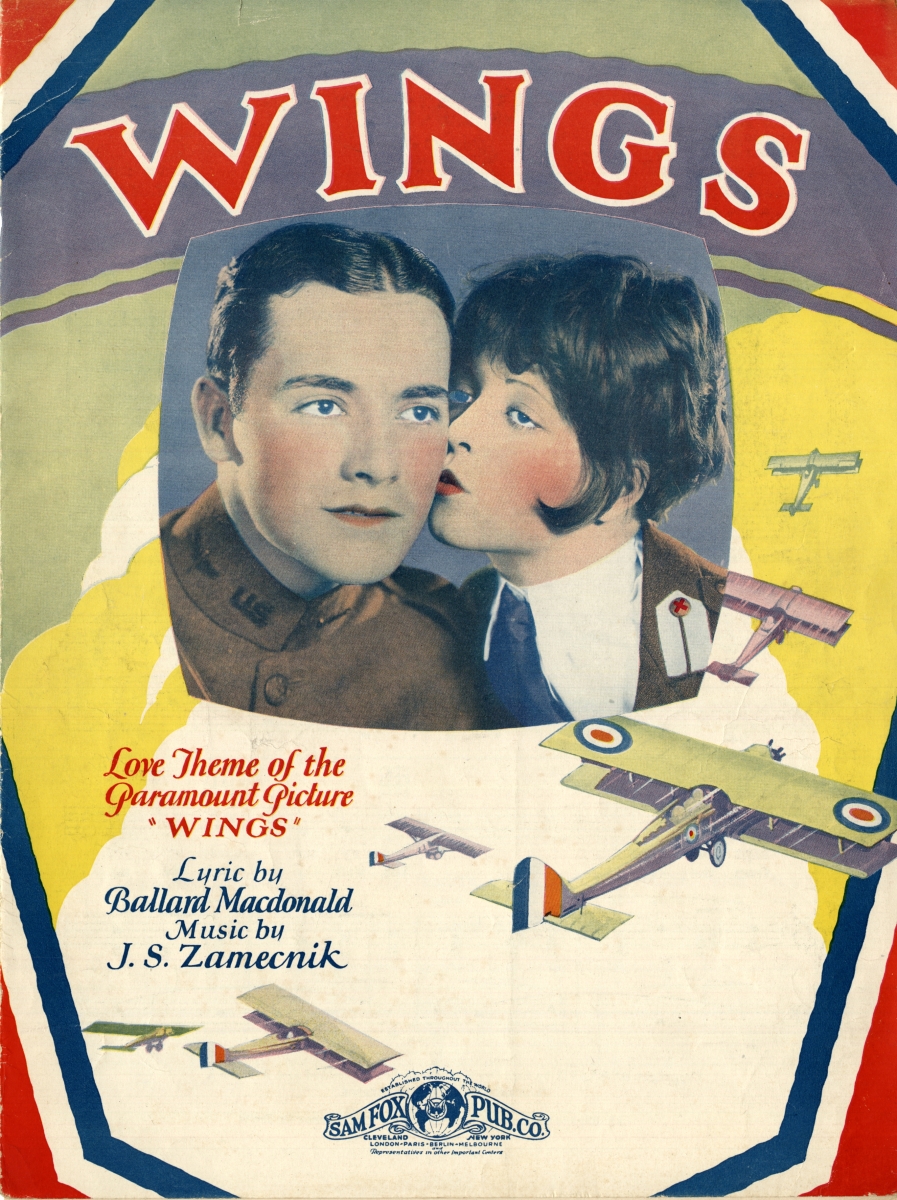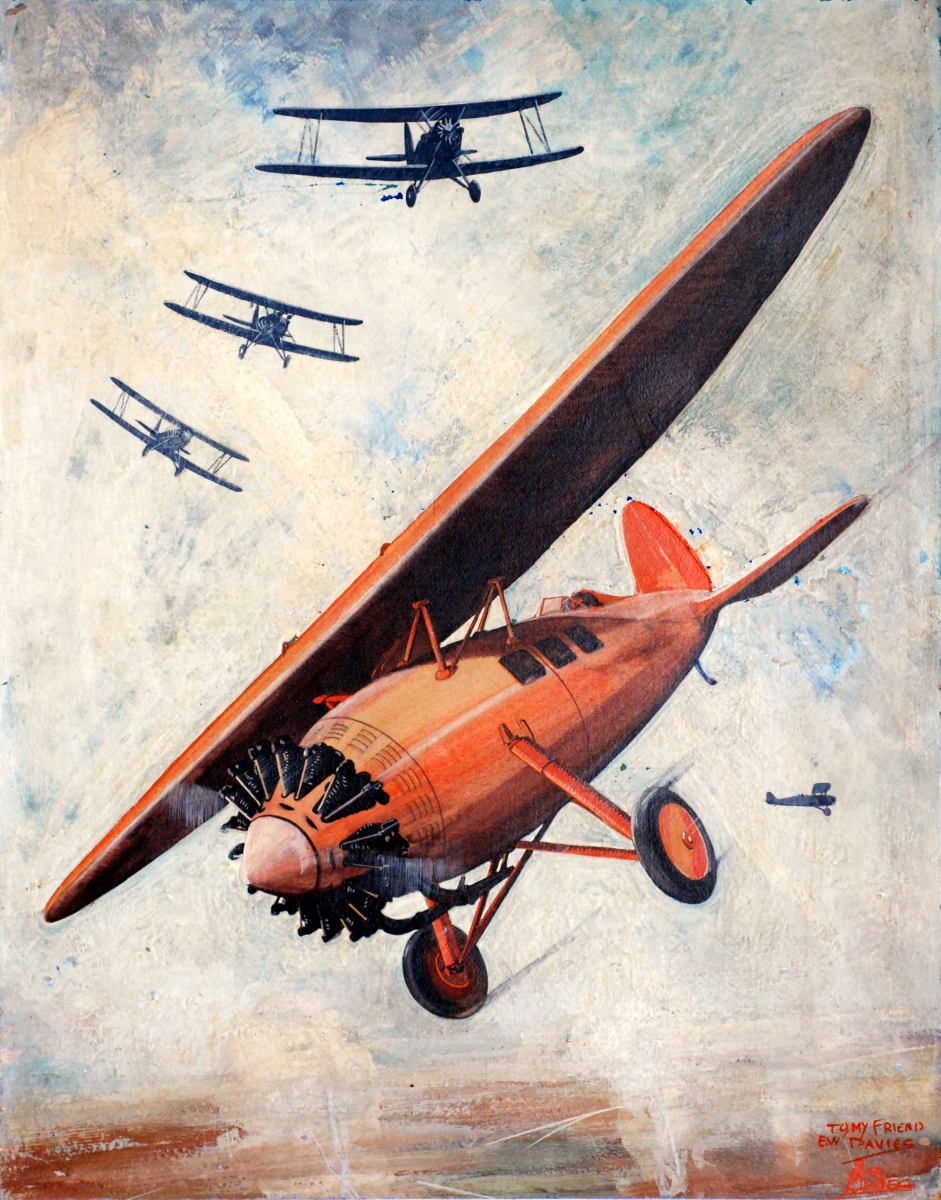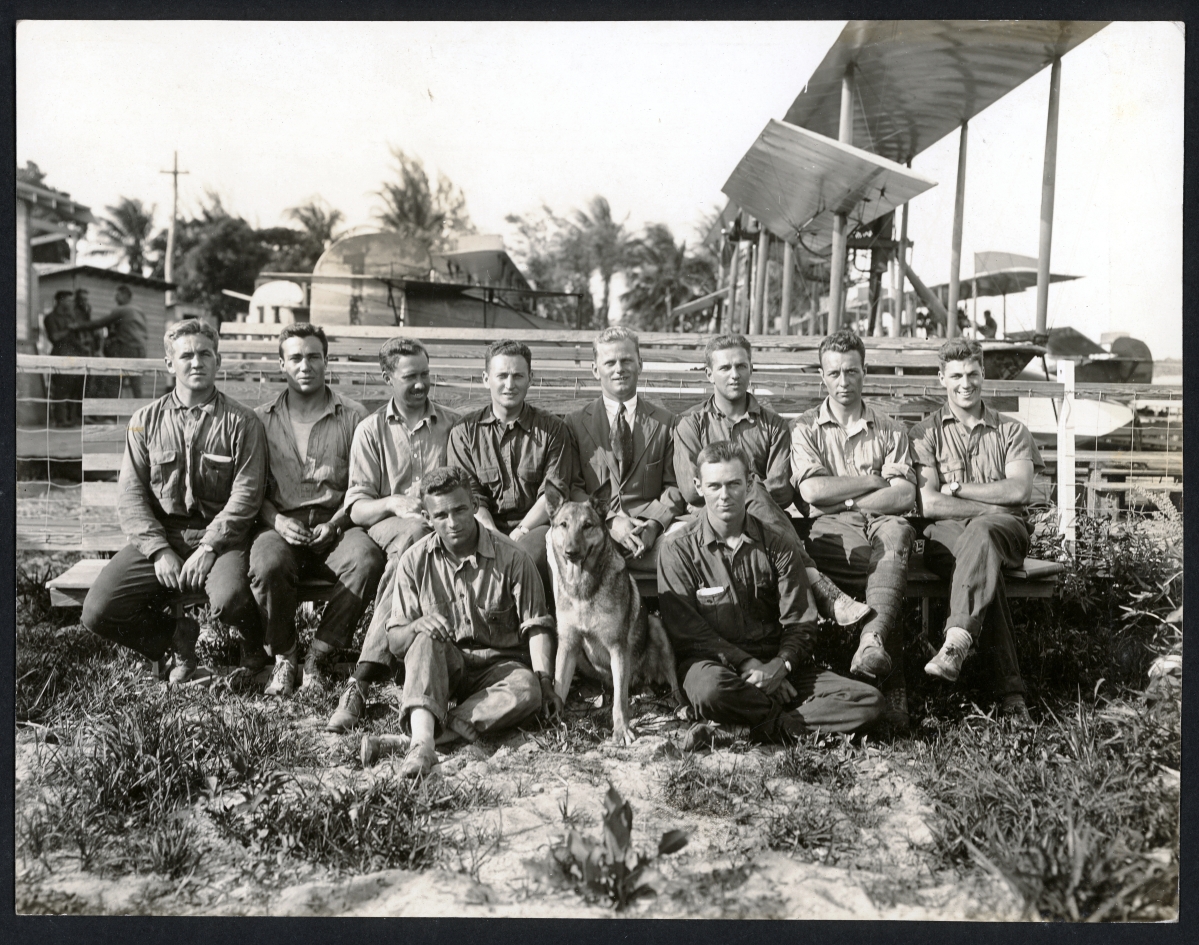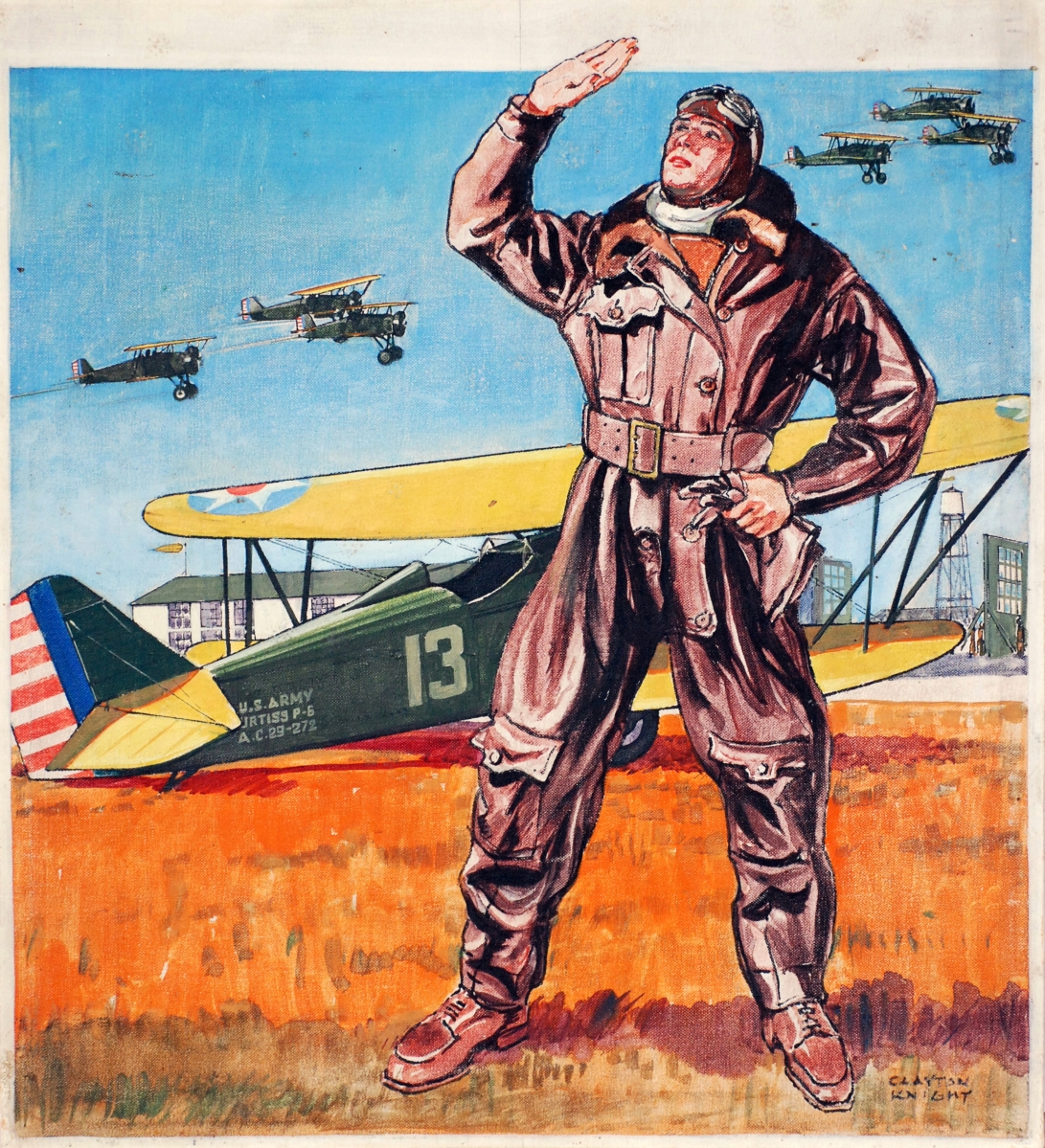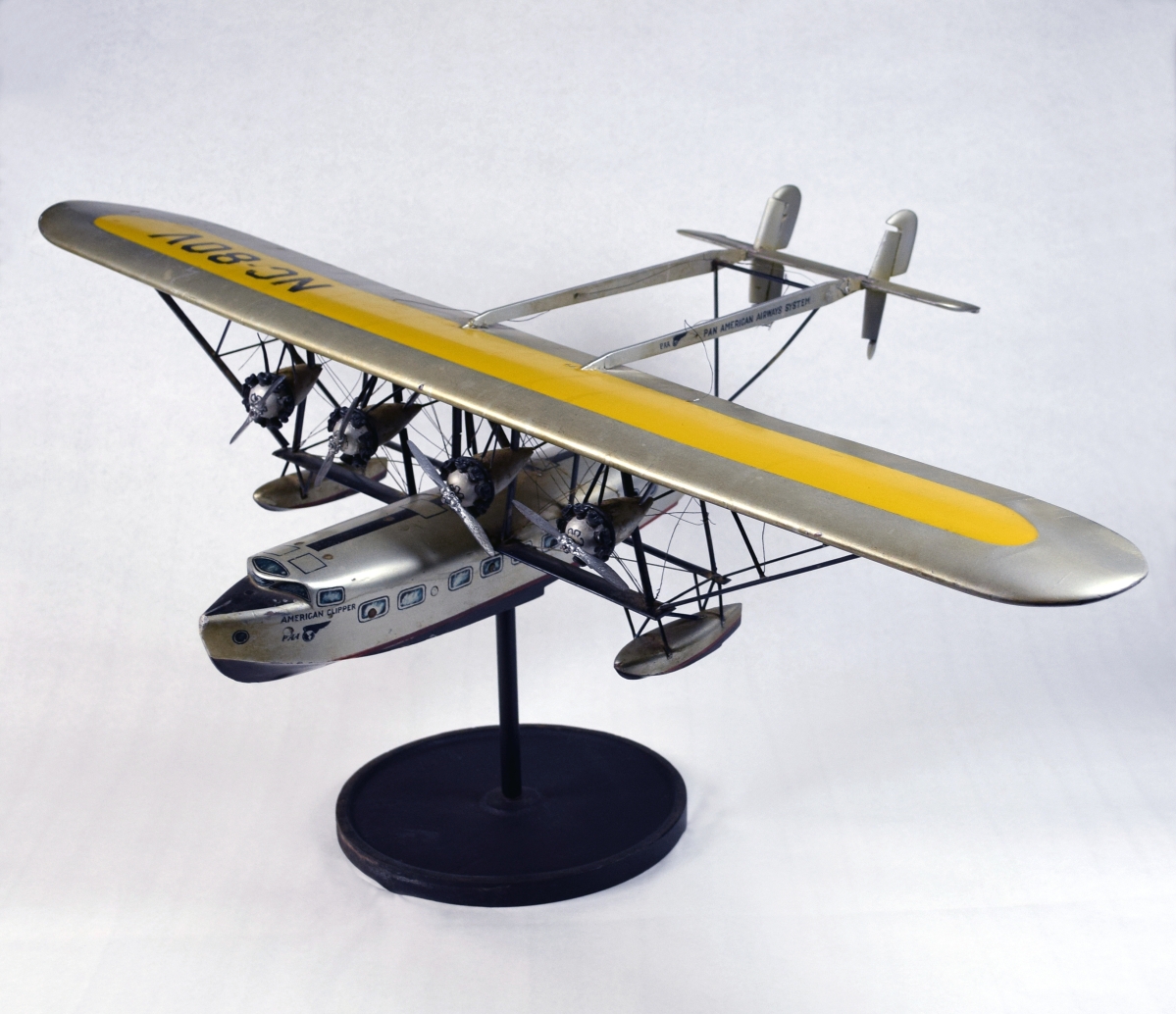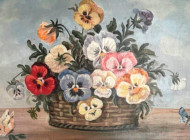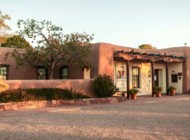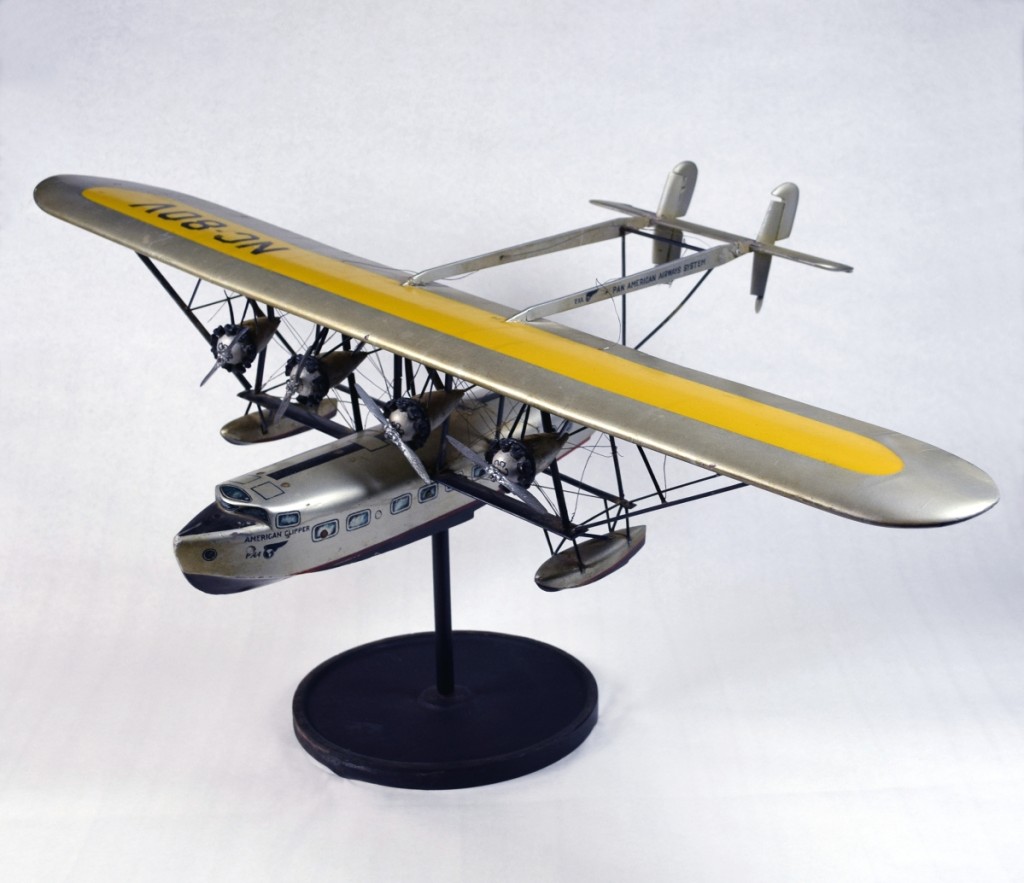
World War I pilot veterans utilized their aviation experience in new ways, including creating a commercial airline industry at home. Between 1931 and 1946, Pan Am operated Clipper services to South and Central America from its International Pan American Airport at Dinner Key in Miami, Fla. This model depicts the American Clipper, the flagship of the international fleet. Collection of Jean S. and Frederic A. Sharf.
PALM BEACH, FLA. – In commemoration of the 100th anniversary of America’s entry into World War I, the Flagler Museum presents an exhibition honoring the daredevil pilots who risked everything for the cause at the dawn of aviation. “Knights of the Air: Aviator Heroes of World War I,” the first museum exhibit devoted to the image of the World War I pilot-hero, will be on view October 17-December 31. The exhibition showcases more than 100 works of art, artifacts, photographs and printed materials related to these brave men and their legacies.

This painting of an American pilot with the US Army’s 94th Aero Squadron, by aviation artist Clayton Knight, was used on the April 1931 cover of American Boy. Knight, a former World War I pilot with the US Army Signal Corps, created a large portfolio of aviation scenes both during and after the War, providing a glimpse into the daily lives of pilots. Courtesy Museum of Illustration at the Society of Illustrators.
While much is known about the history of the Great War, those fighting in the trenches often remained nameless, their stories not widely told at the time. Wartime aviators, however, quickly became popular heroes. As a result of great interest in the new field of aviation, and the sheer danger their missions posed, written accounts and photographs of the pilots were widely featured in newspapers and magazines, and many published their own dramatic personal accounts. “Knights of the Air” celebrates the daring risk-takers who propelled the world of aviation forward, solidifying the image of the aviator as a heroic symbol and leaving a lasting legacy.
The exhibition will also feature the work of artists who served as aviators for the war effort, including American Clayton Knight, who flew for the United States Army Signal Corps. Knight created dramatic scenes of war from a pilot’s perspective, such as drawing straws for a mission, planes strafing the trenches below and aerial views of the first aircraft carriers.
Aviation adventures drew an audience in popular pulp magazines such as Daredevil Aces, George Bruce’s Squadron, and Bill Barnes’ Air Trails hitting the newsstands monthly. The exhibit features the work of aviation illustrator Frank Tinsley, a former draftsman for the War Department, who created artwork for many of these covers.
The exhibit features works of art, artifacts and ephemera on loan from the private collection of Jean S. and Frederic A. Sharf. Generous loans from the collections of the Historical Society of Palm Beach County, HistoryMiami, Hudson River Museum, Society of Illustrators and the University of Southern Mississippi are also included.
The museum is at Cocoanut Row and Whitehall Way. For information, 561-655-2833 or www.flaglermuseum.us.
